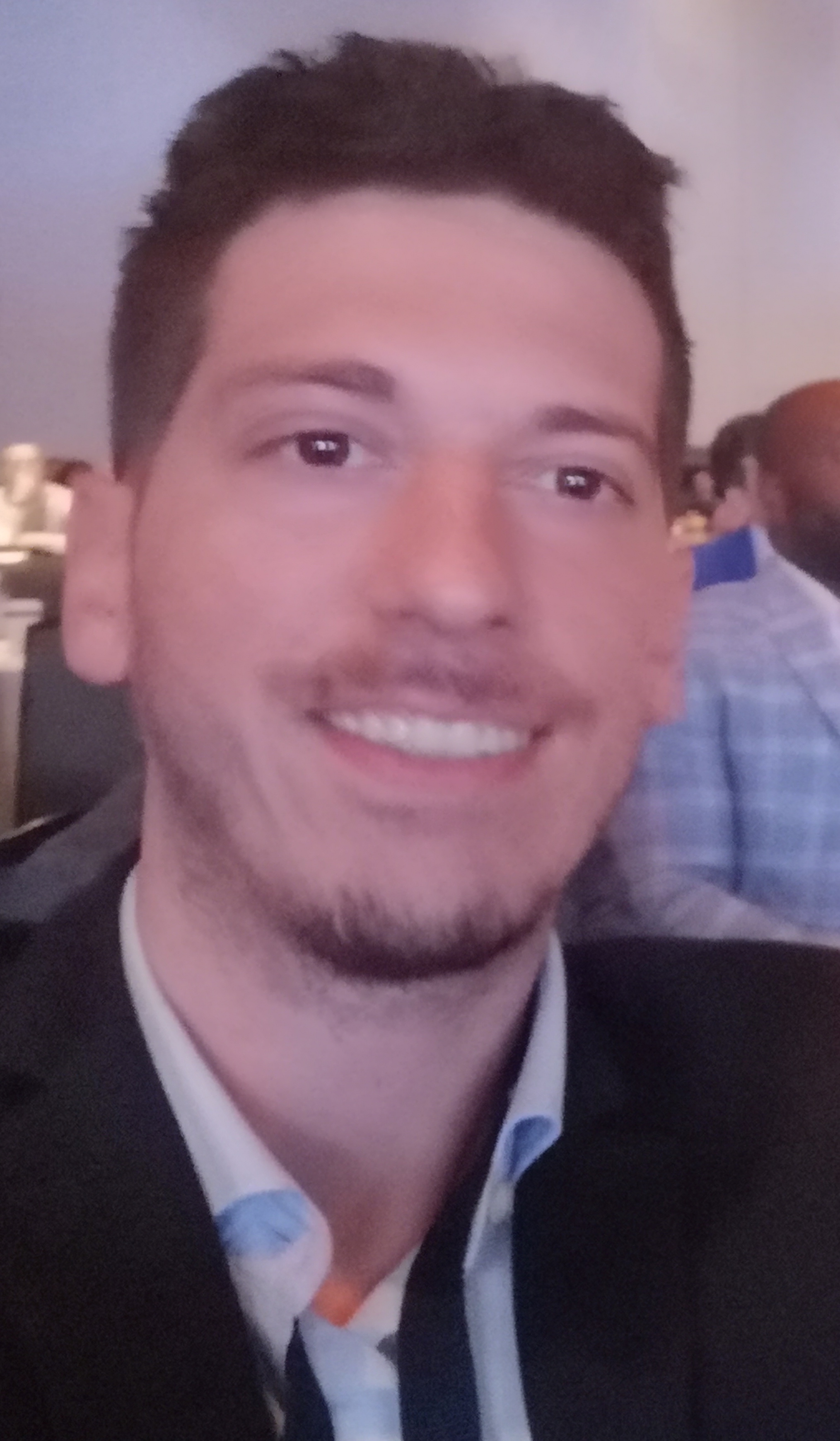2023 John J. Joyce Award Winner

Gian Andrea Lucidi, MD, ITALY
Presentation Title: Prospective Long-Term Outcomes of The Medial Collagen Meniscus Implant Versus Partial Medial Meniscectomy: A 20-Year Follow-Up Study
I was honored with my research group to recently receive 2nd place for the John Joyce Award—the oldest ISAKOS award. It felt like it was just a dream—especially considering the caliber of past winners like Freddie Fu, Philippe Neyret, John Bergfeld, and many others.
The paper was entitled, “Prospective long-term outcomes of the medial collagen meniscus implant (CMI) versus partial medial meniscectomy: a 20-year comparative study.” In past decades, there has been an increased interest in meniscal substitution techniques to preserve knee function after meniscectomy. Considering the reduced availability, cost, and potential disease transmission of the meniscus allograft, the scaffold has been proposed as an alternative to allograft for the treatment of partial meniscus defects. However, even though the experience with scaffolds started more than 20 years ago, their use is still limited, and there is a lack of long-term data. This study aimed to evaluate the potential clinical benefit and chondroprotective effect of the medial CMI compared with a group of medial meniscectomies at 20 years of follow-up. Our research group was looking forward to answering those questions, primarily because at an intermediate follow-up of 10 years, patients with medial CMI showed higher sports participation and lower pain and joint space narrowing compared with the meniscectomy group. However, against our expectations, at the final follow-up of 20 years, the two groups were comparable in terms of clinical scores and osteoarthritis progression. This information helps define the duration of clinical and radiological benefits of the scaffold but also suggests that we should consider other factors, such as scaffold degeneration or extrusion, to improve our long-term outcomes.

This award was earned thanks to the cooperation of a group of colleagues and friends that I would like to mention because of the extreme support over the last five years; Giacomo Dal Fabbro, Piero Agostinone, Nicola Pizza, Stefano Di Paolo, and Alberto Grassi. Moreover, an extreme amount of credit should be given to professor Zaffagnini, who designed and started this research project more than 20 years ago. Finally, I would like to thank the Pittsburgh family, especially Prof. Volker Musahl, who has supported me not only as a surgeon but also as a man for a whole year. And Prof. Freddie Fu, who was an incredible instructor, mentor, and inspiration for me and several generations of orthopedic surgeons.
Thank you ISAKOS, for your continuous support and organization of meetings, awards, webinars, and fellowships. All these initiatives are extremely valuable and help young orthopedic surgeons to interact, communicate and grow in a real international community!